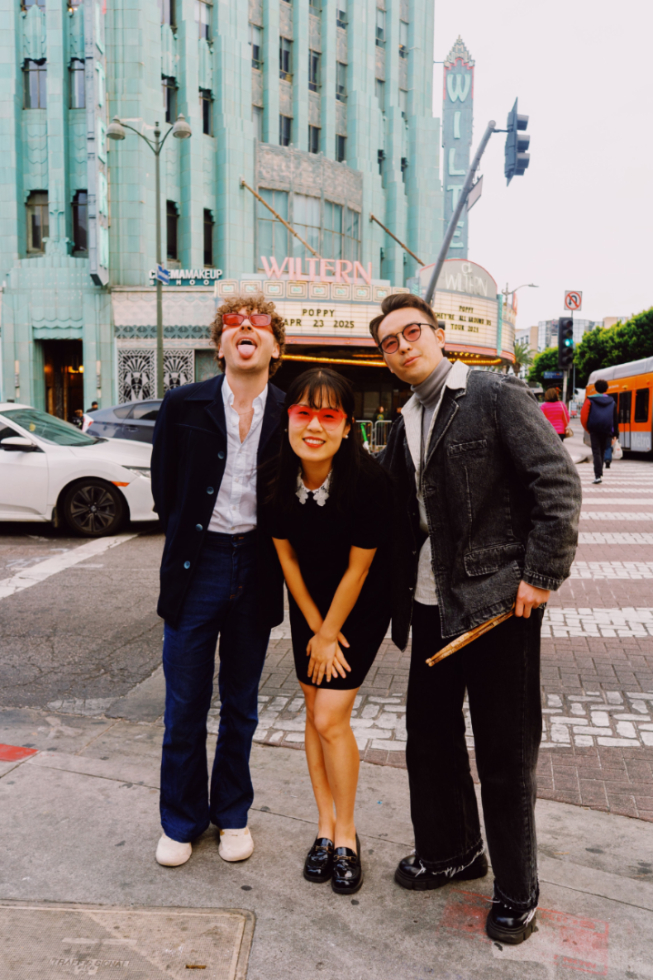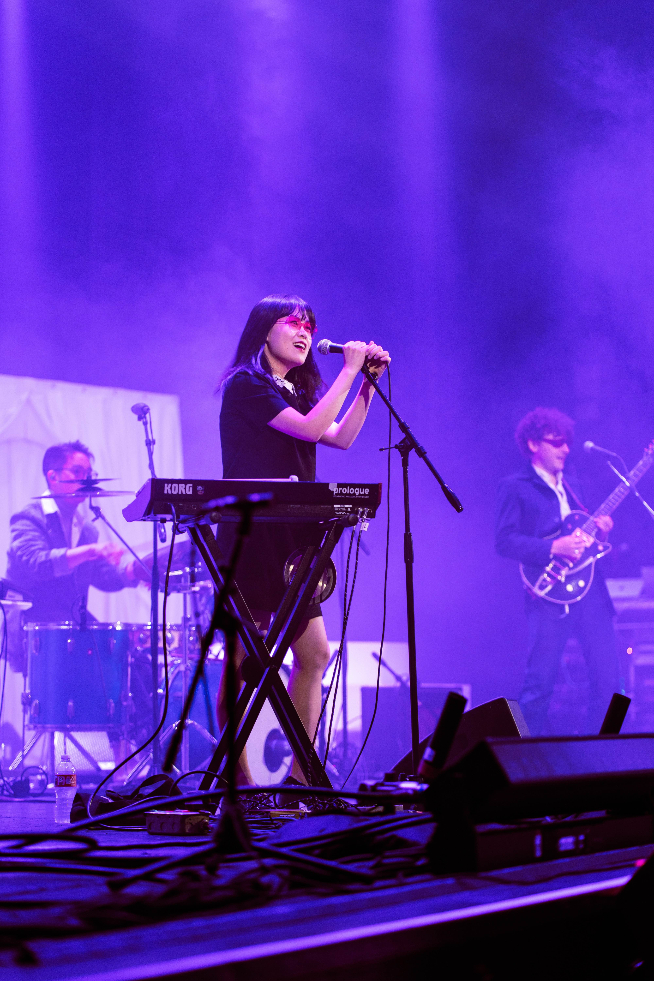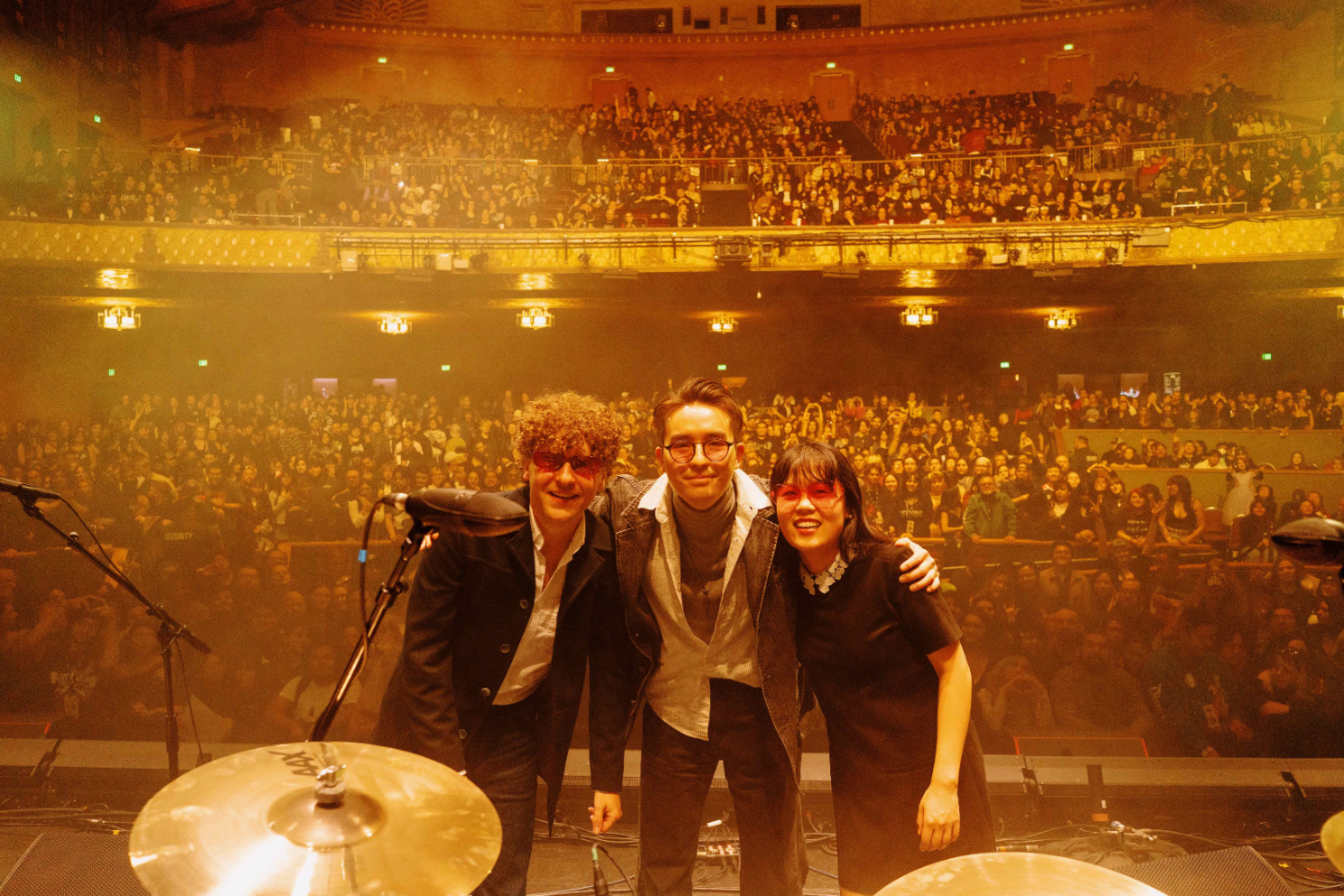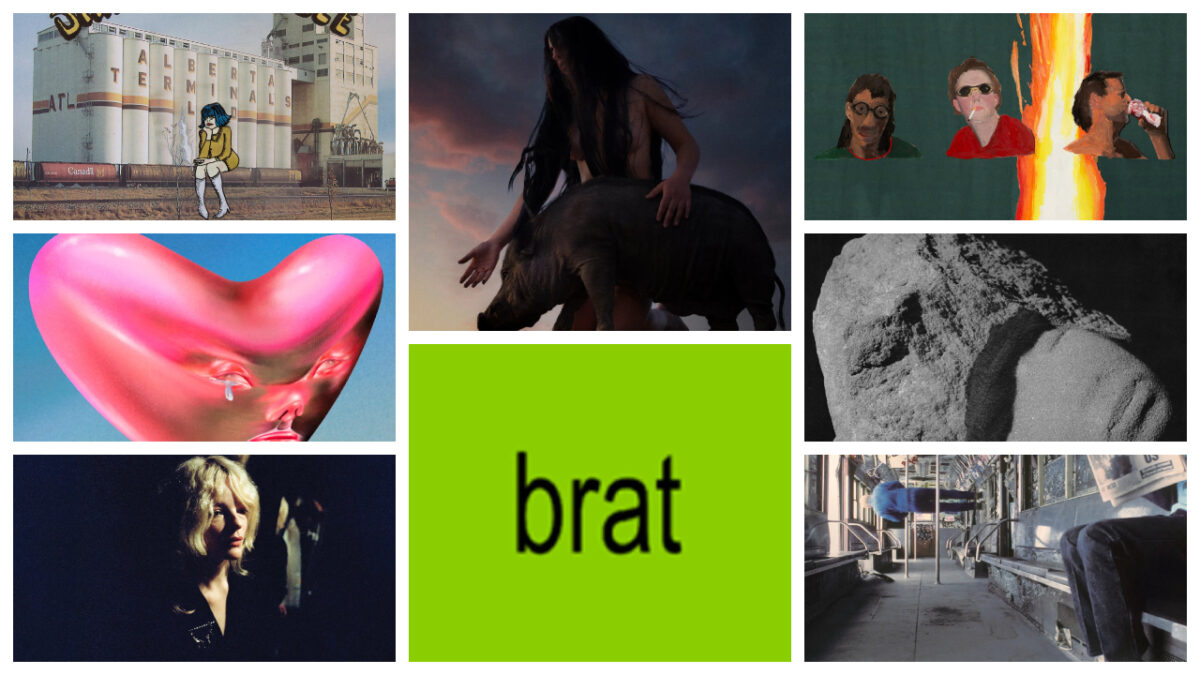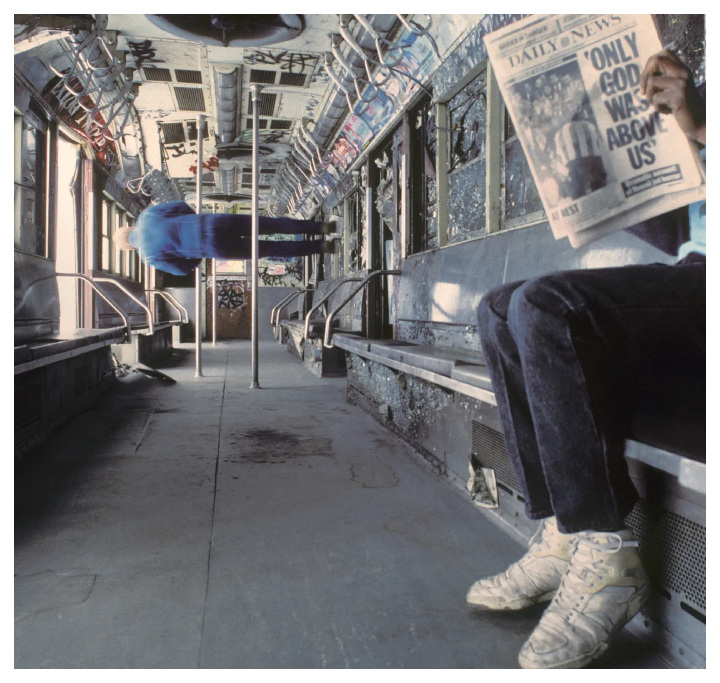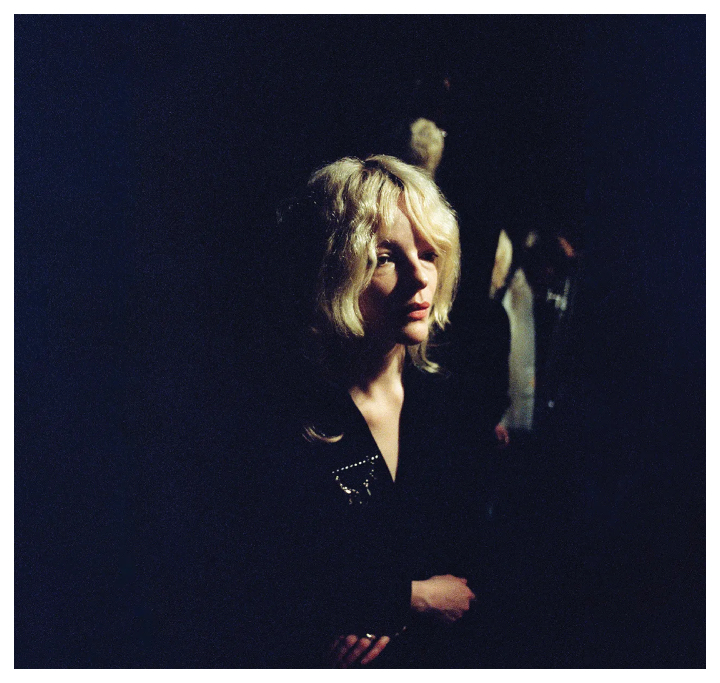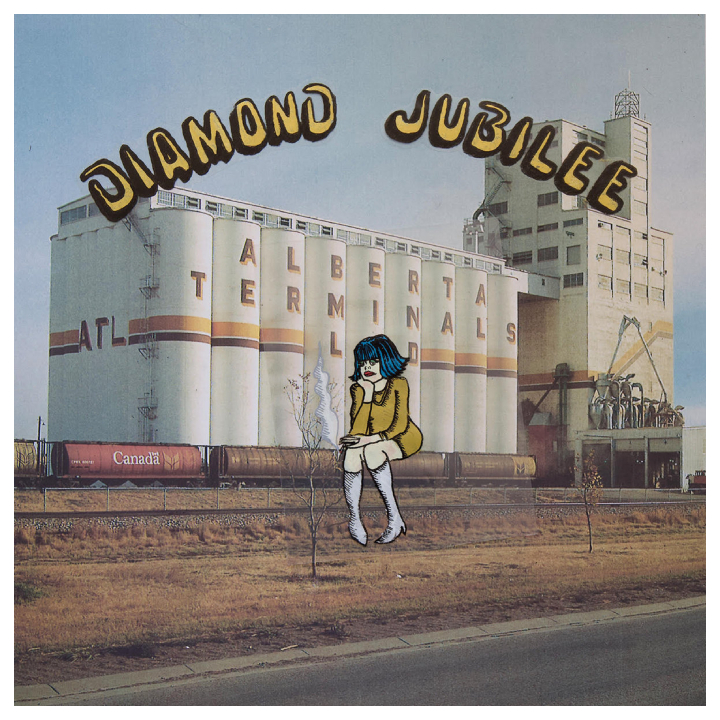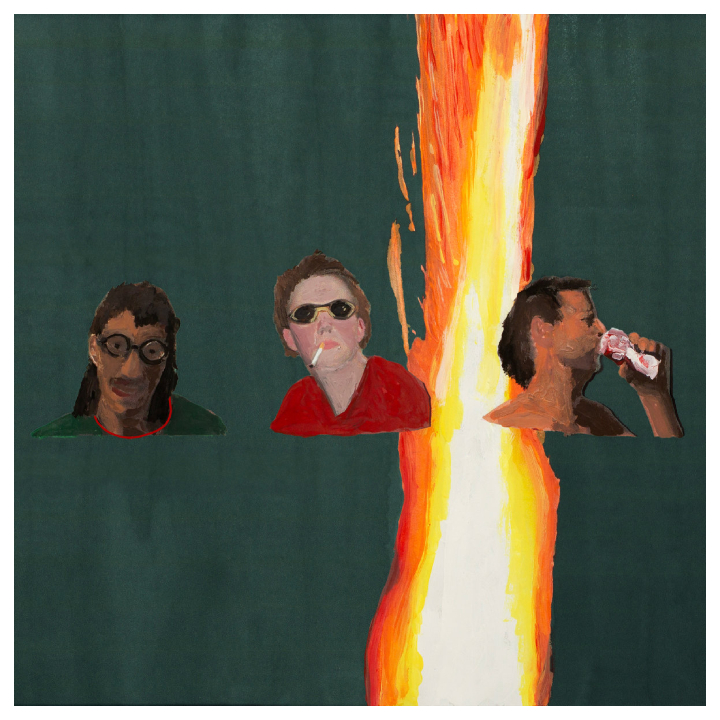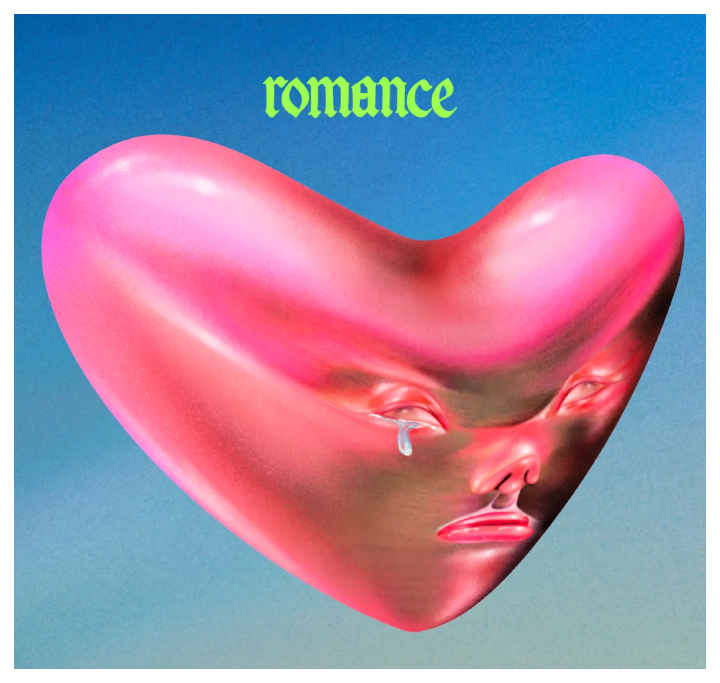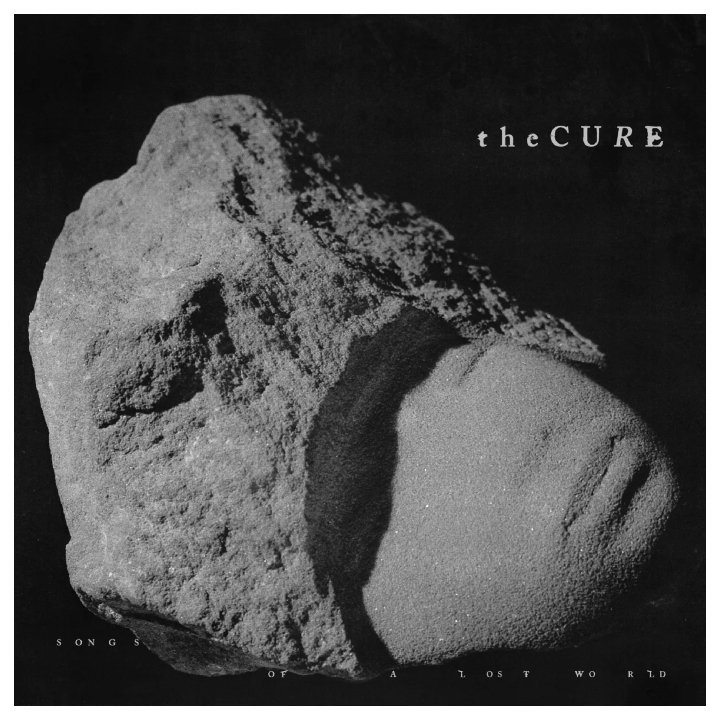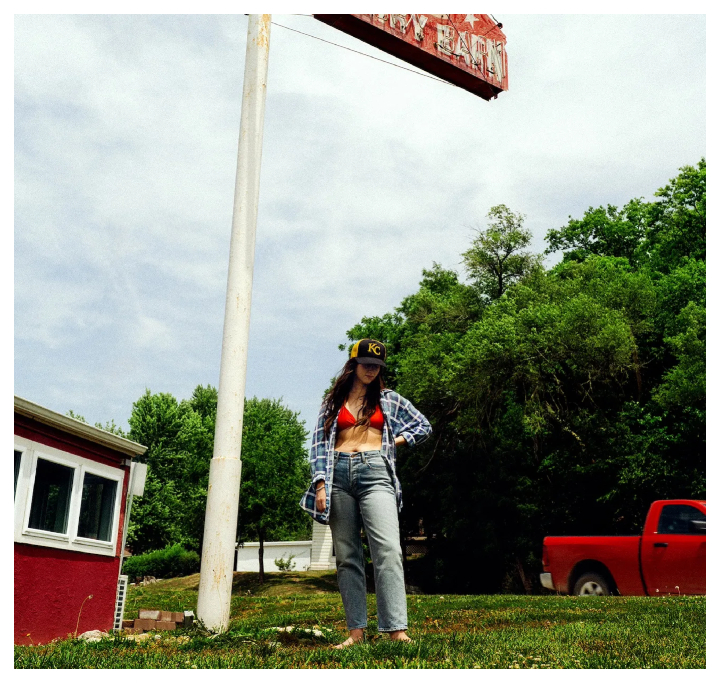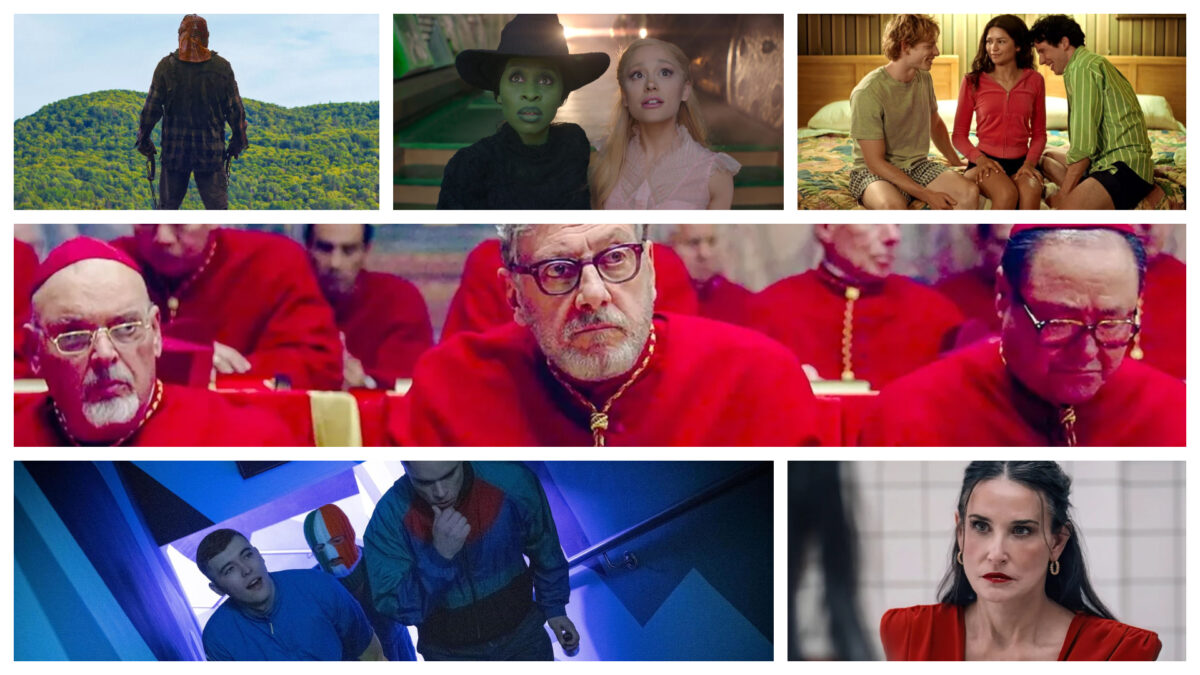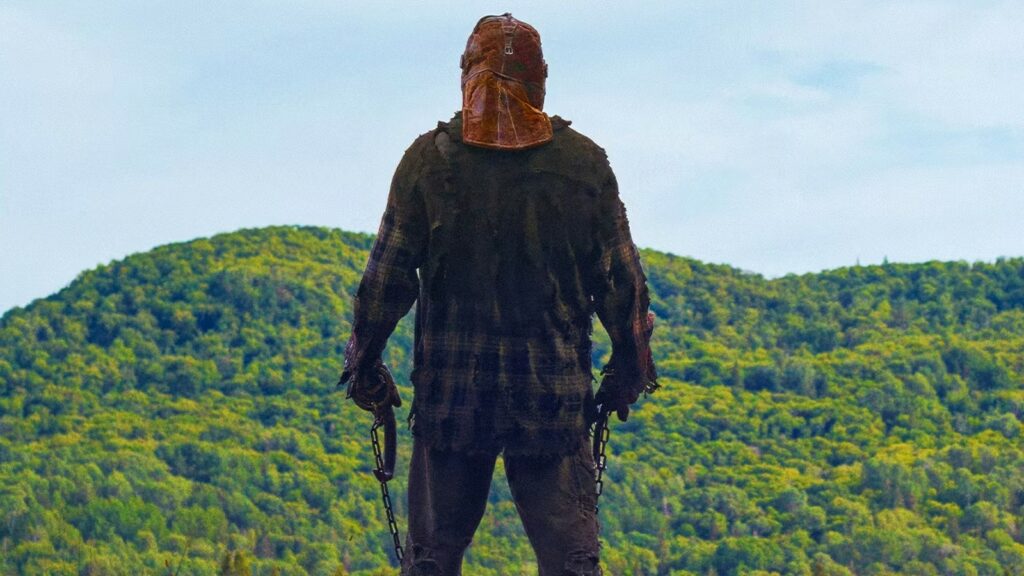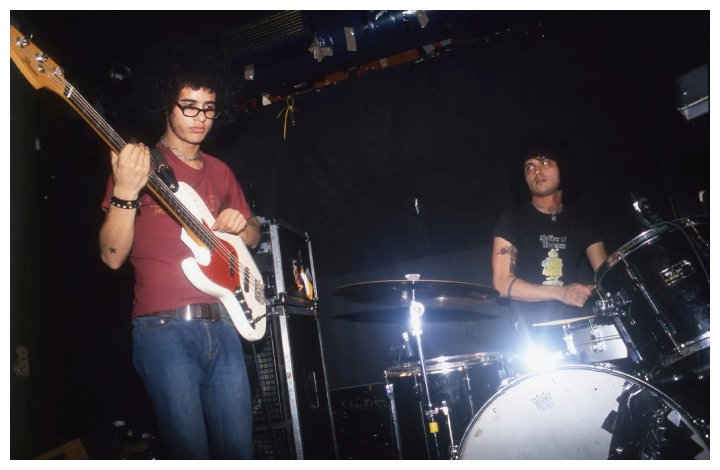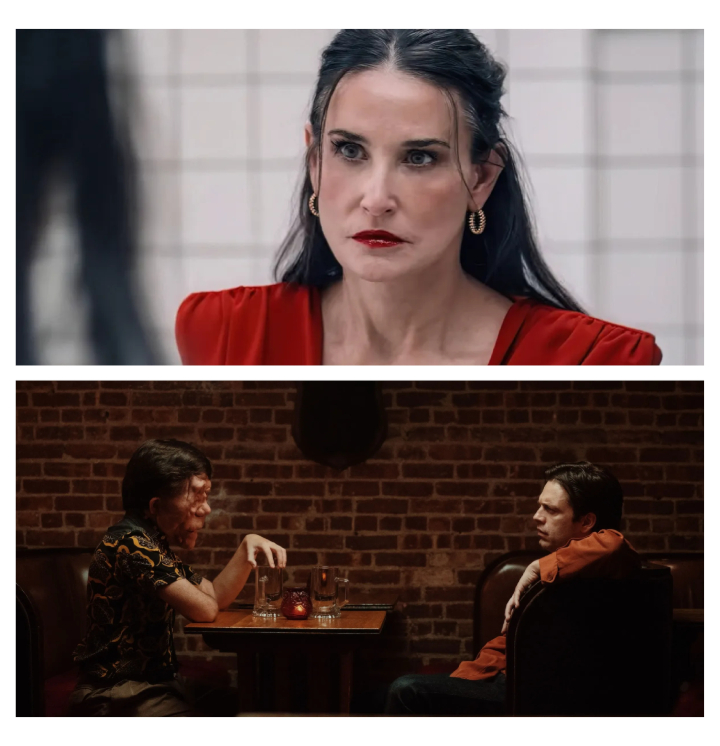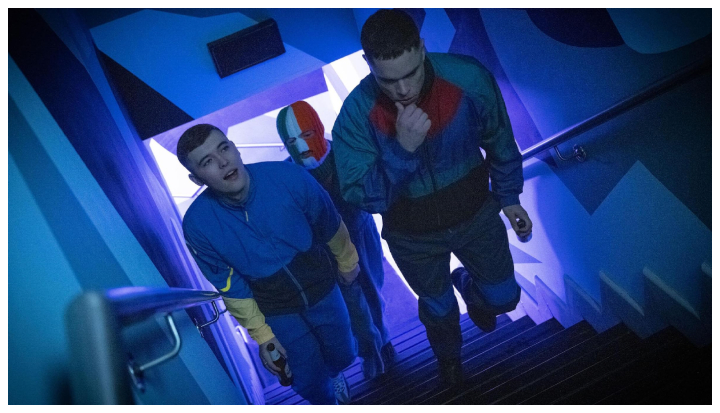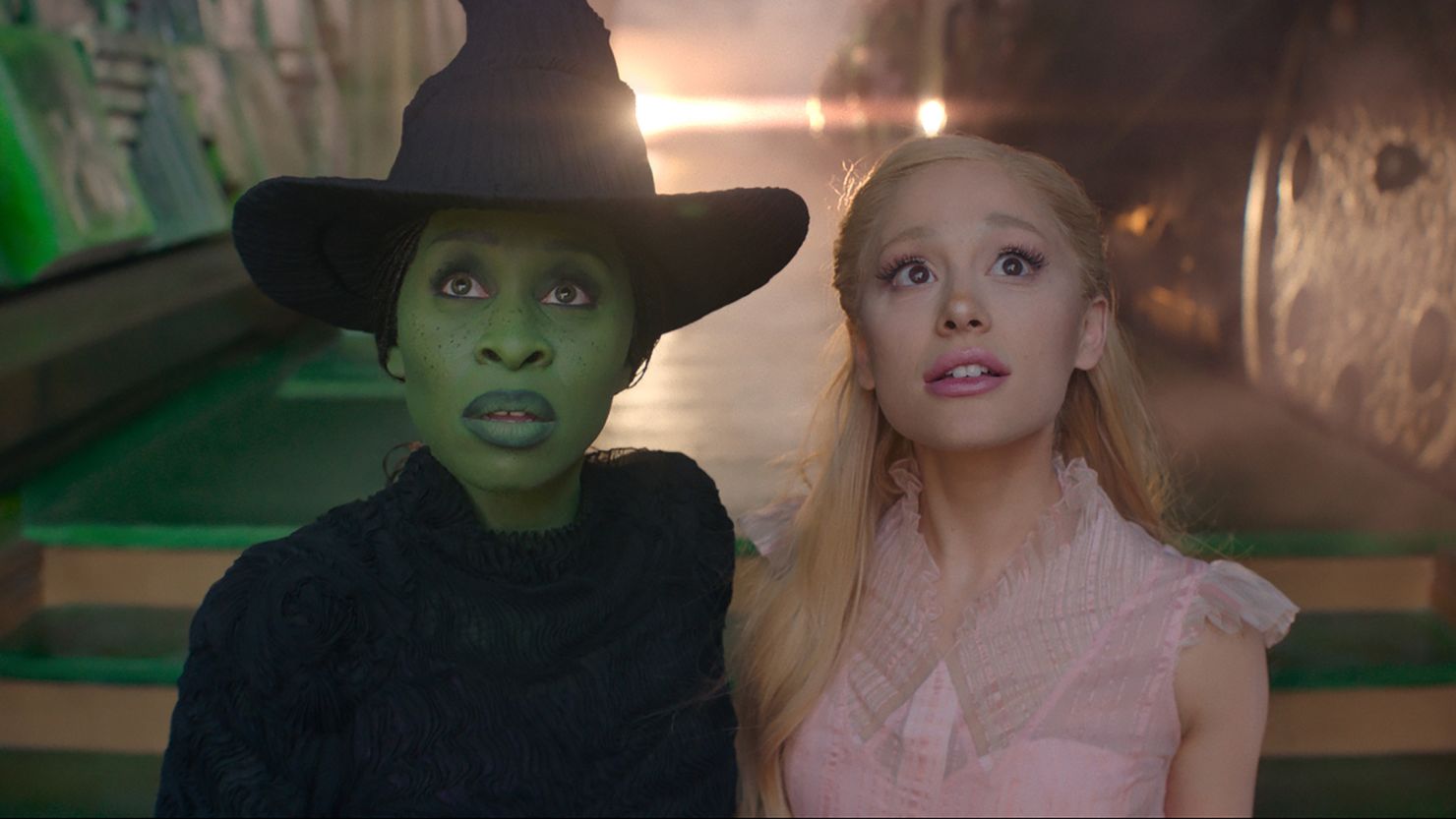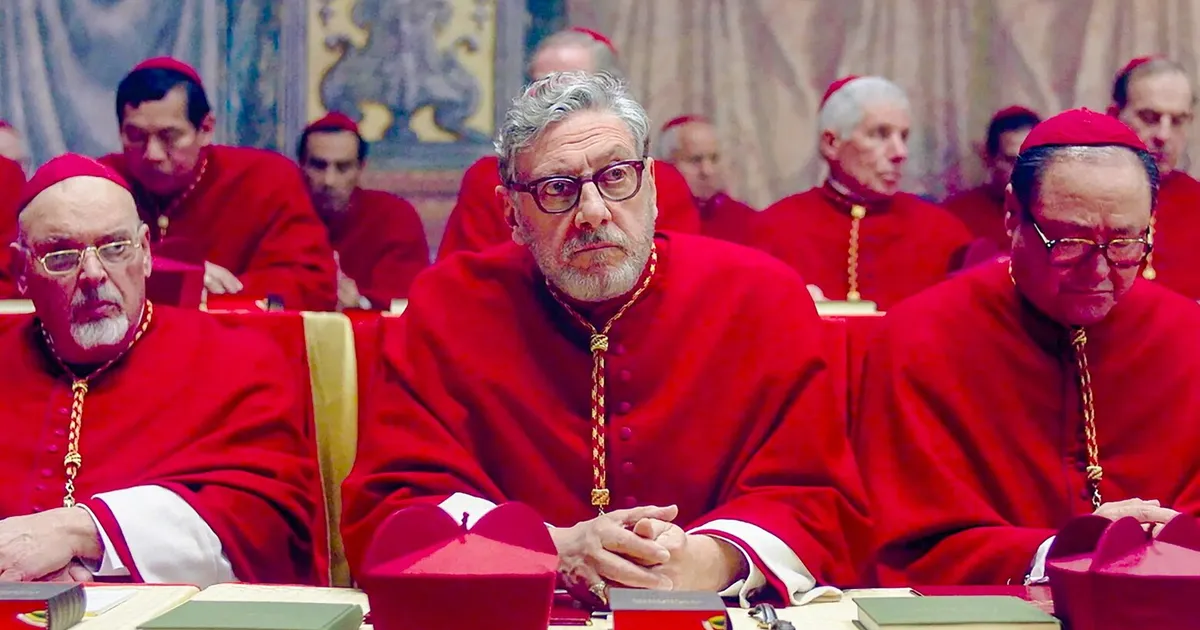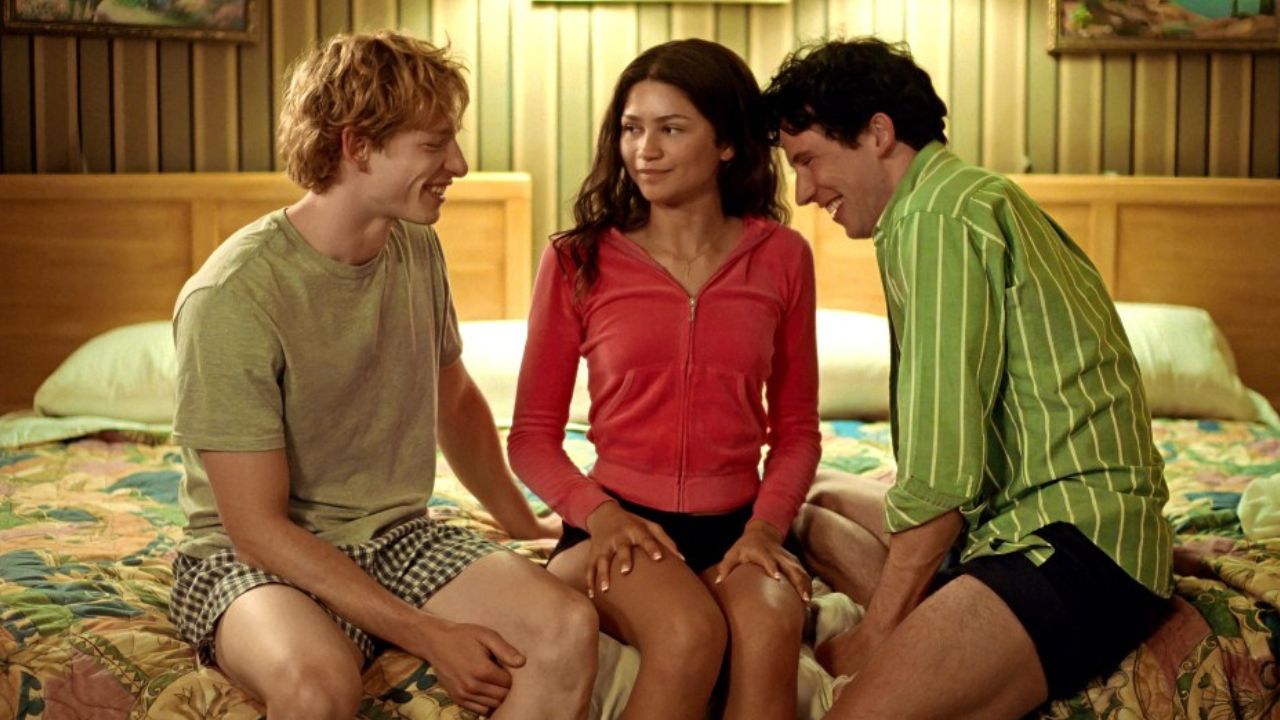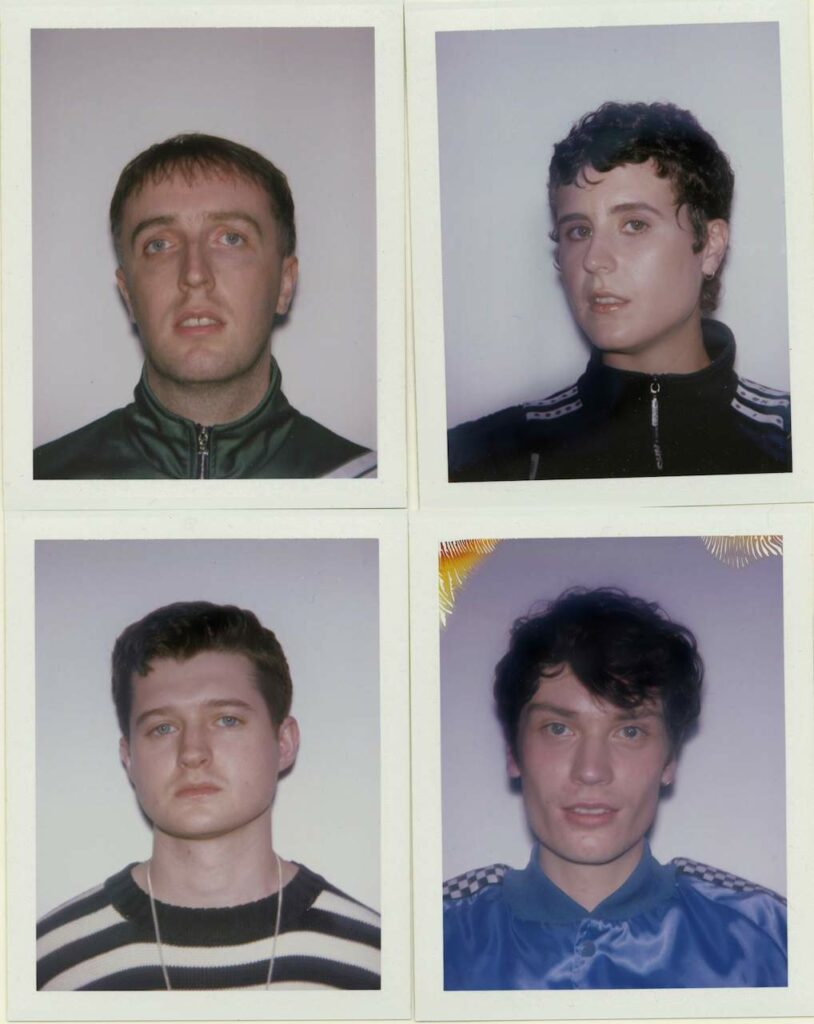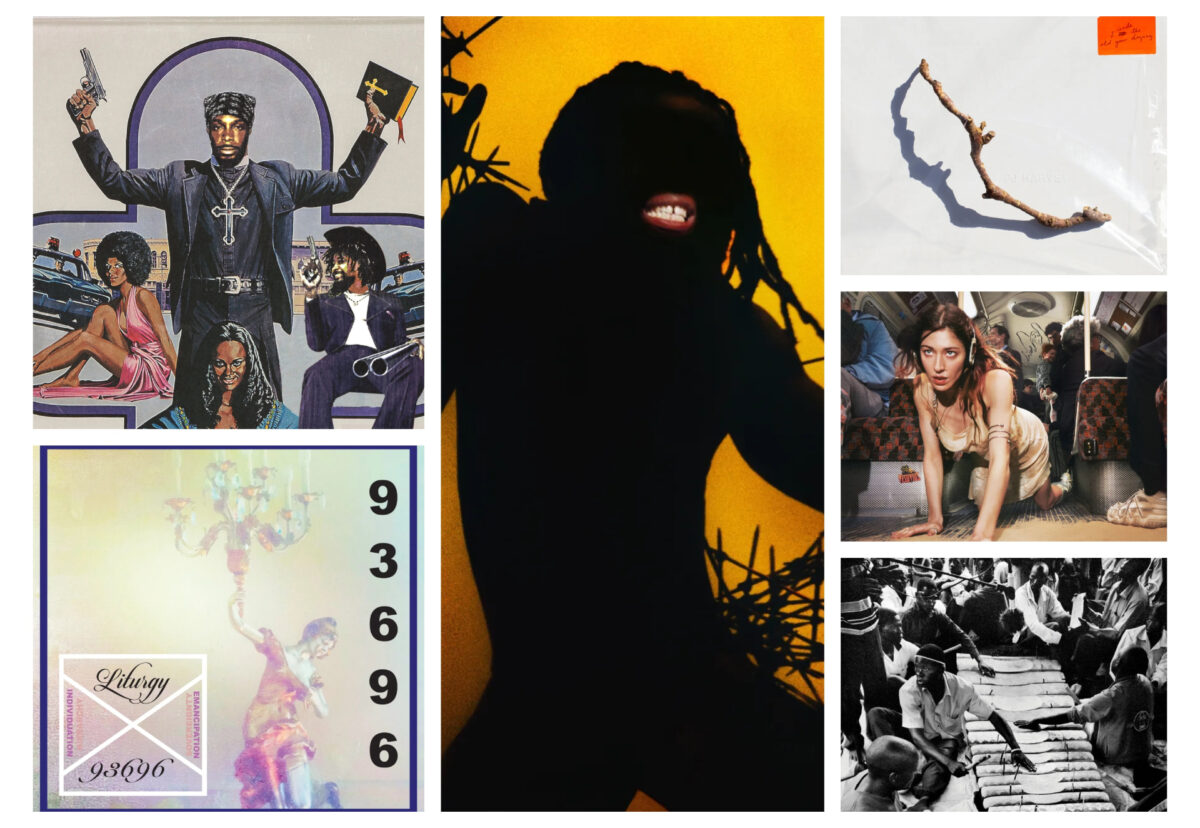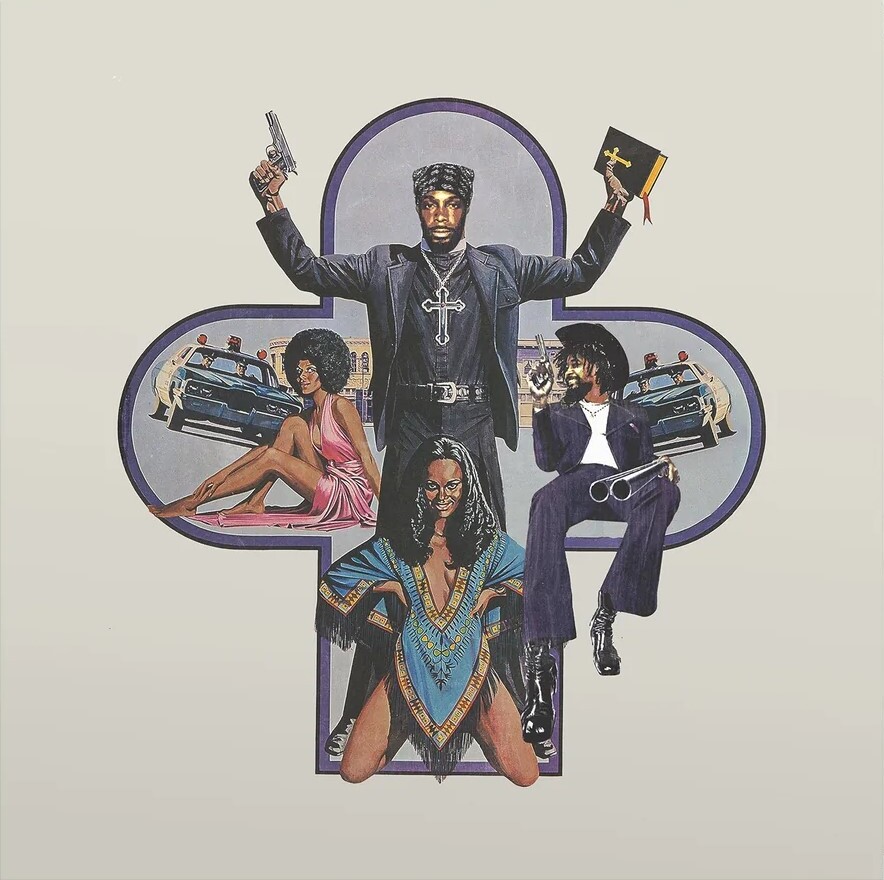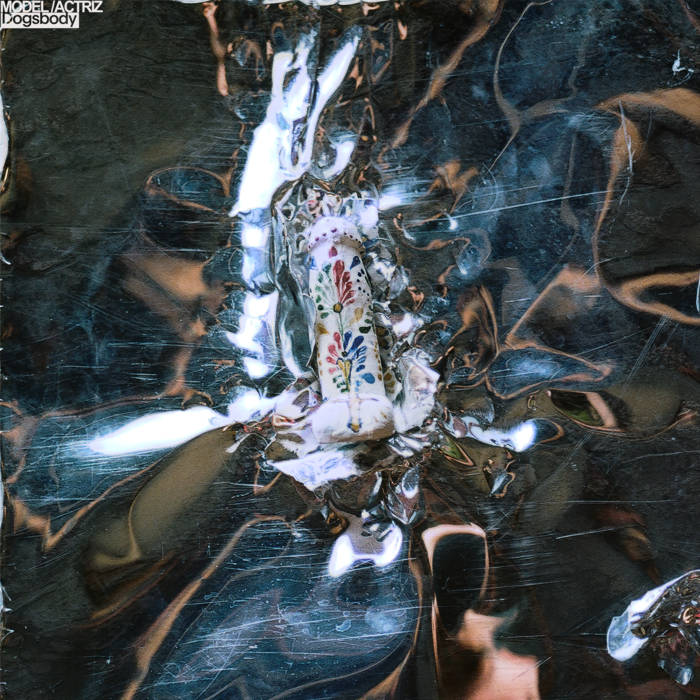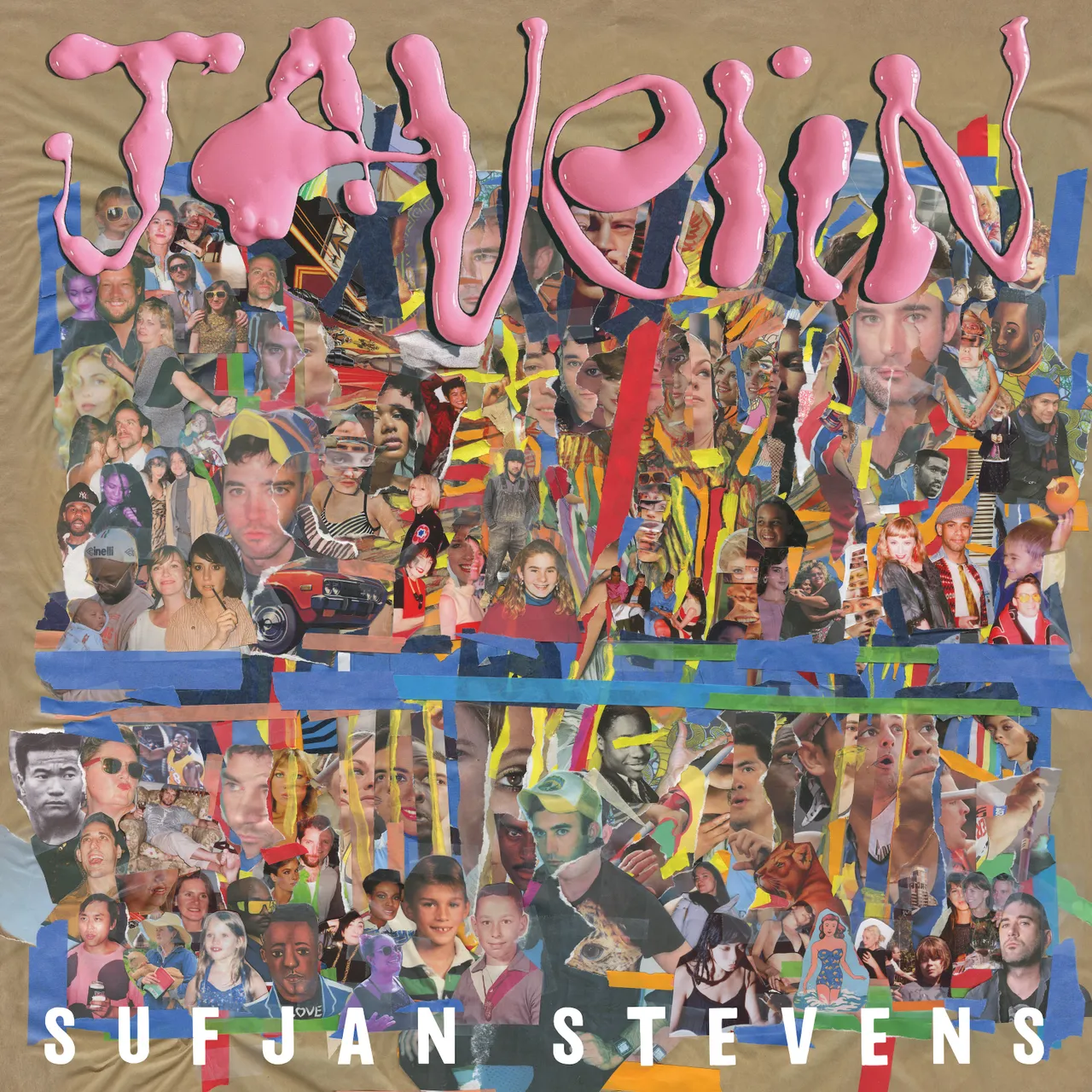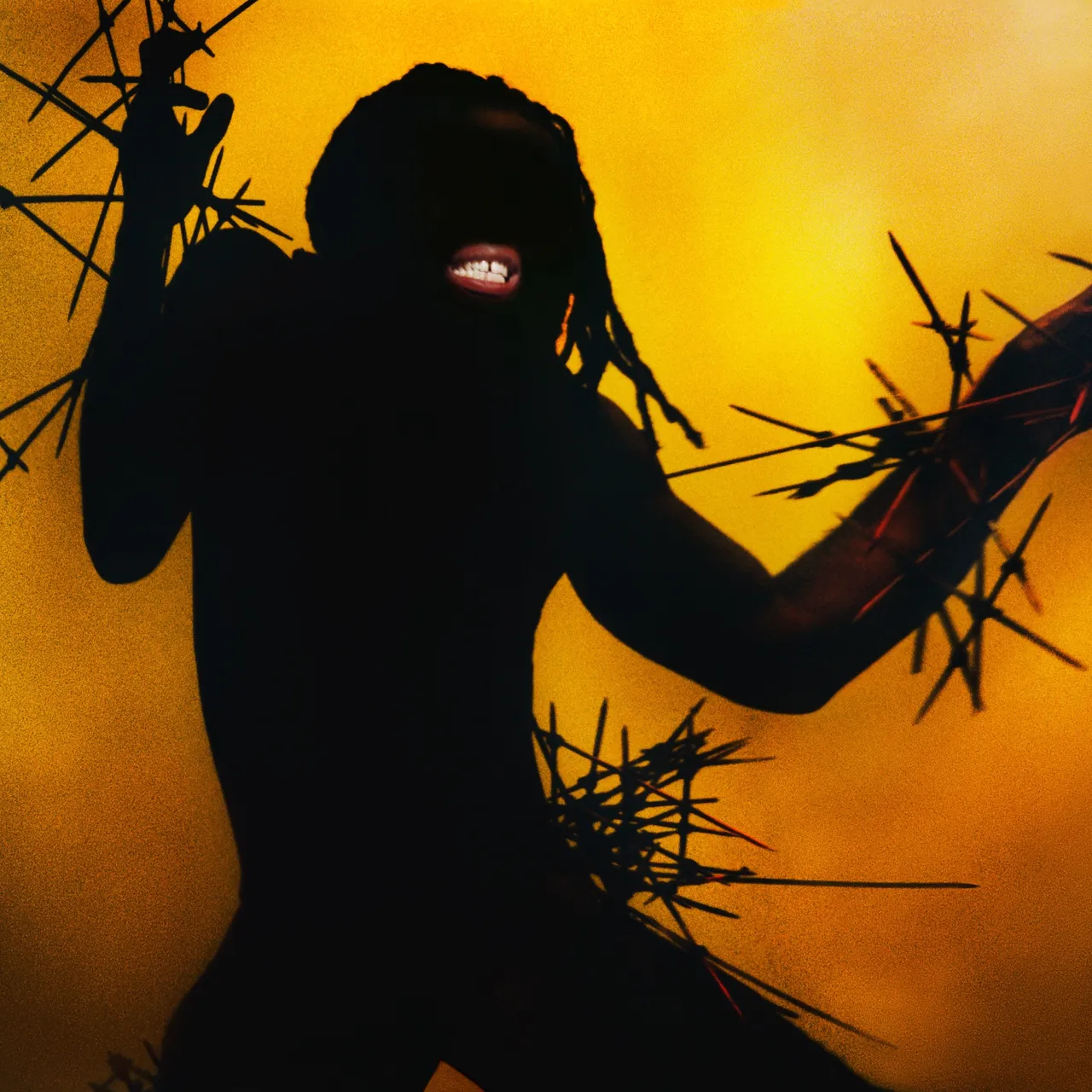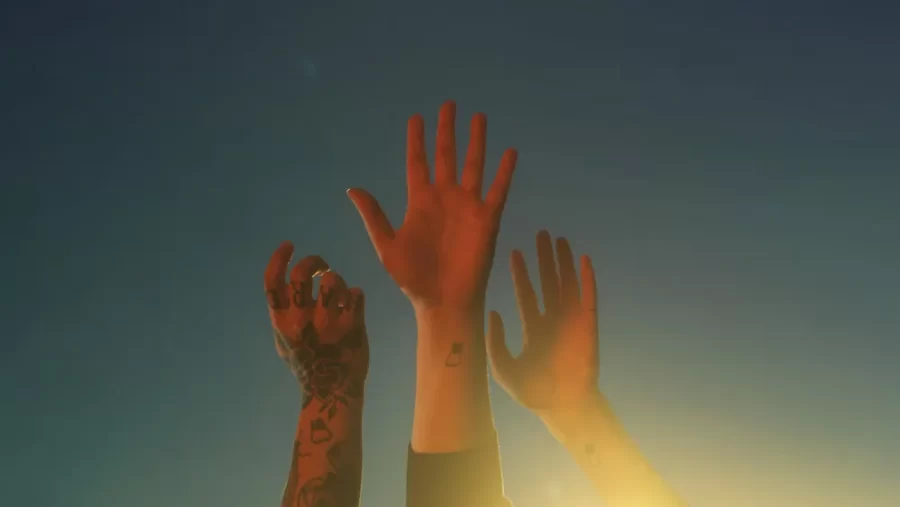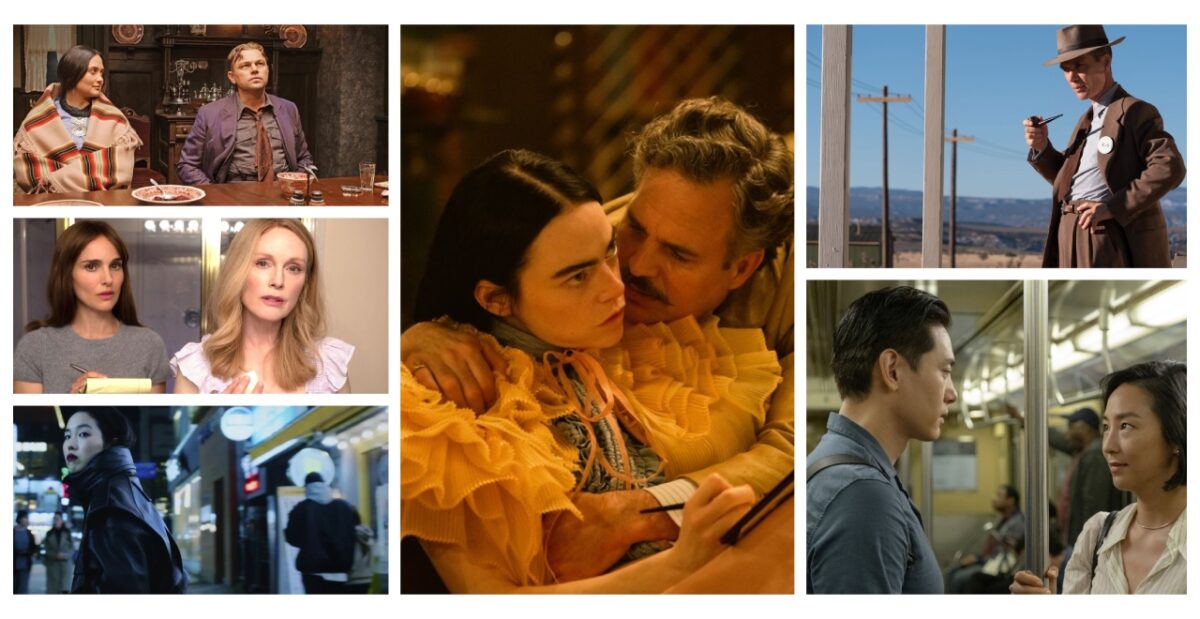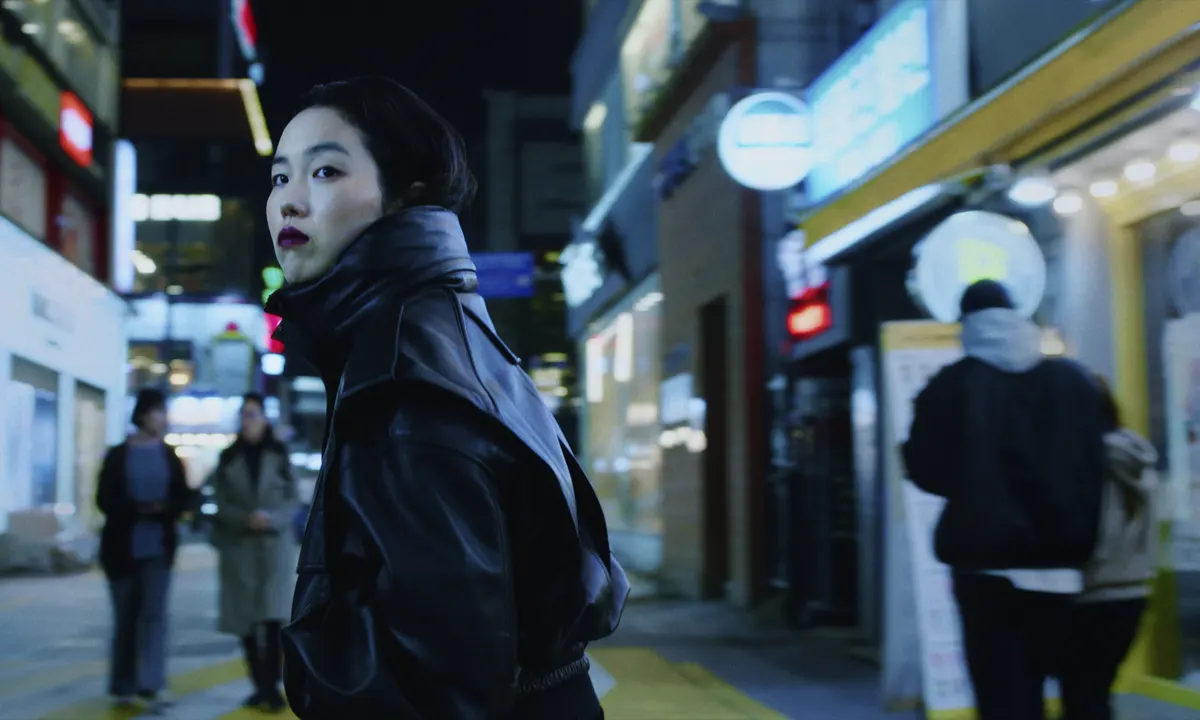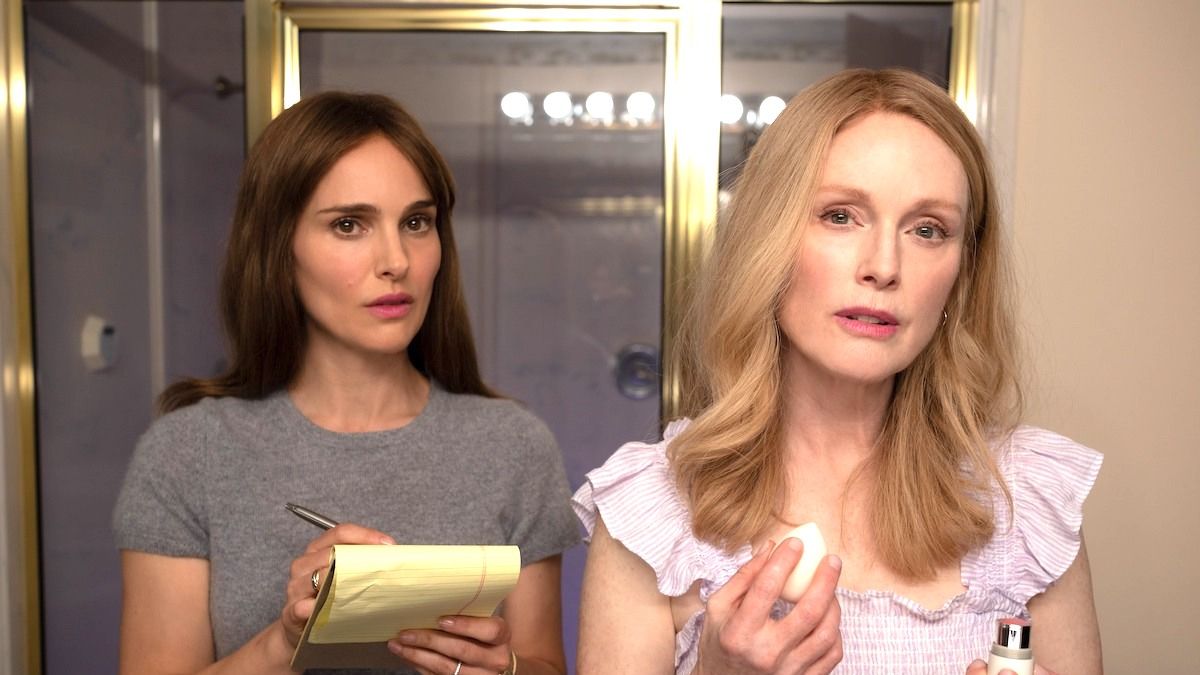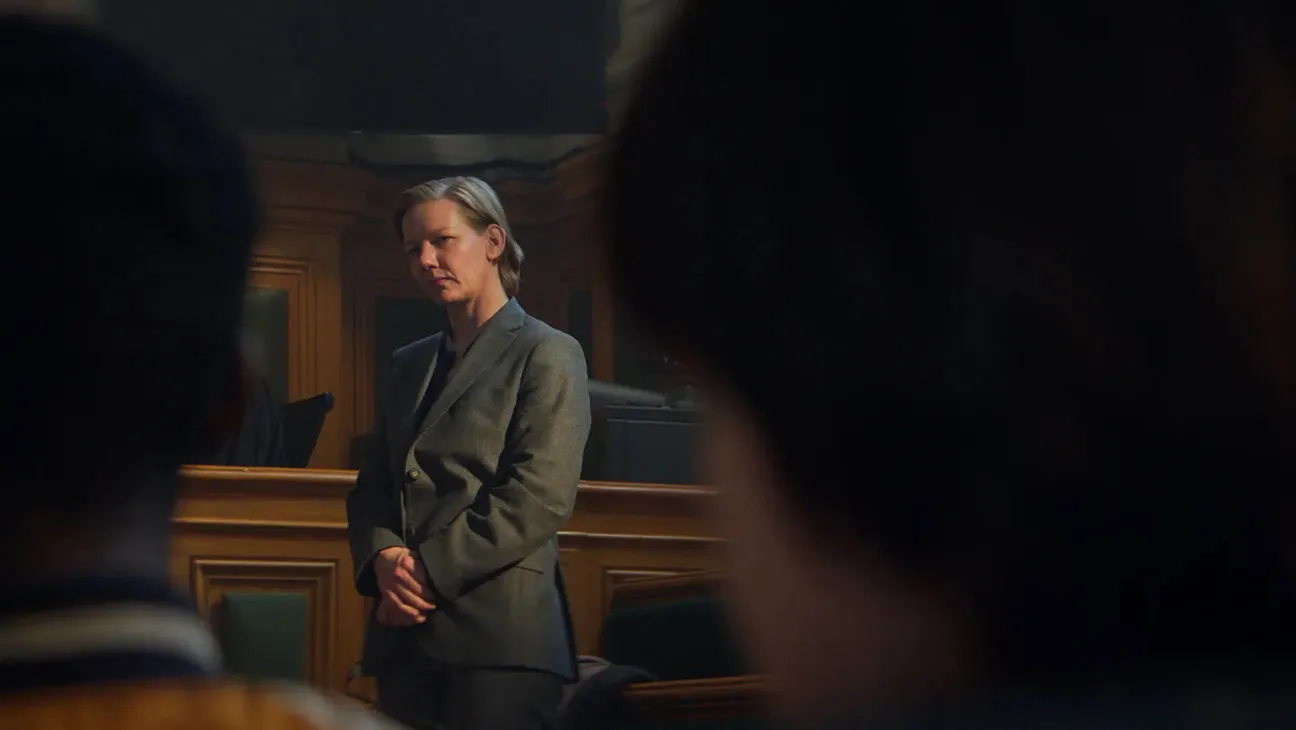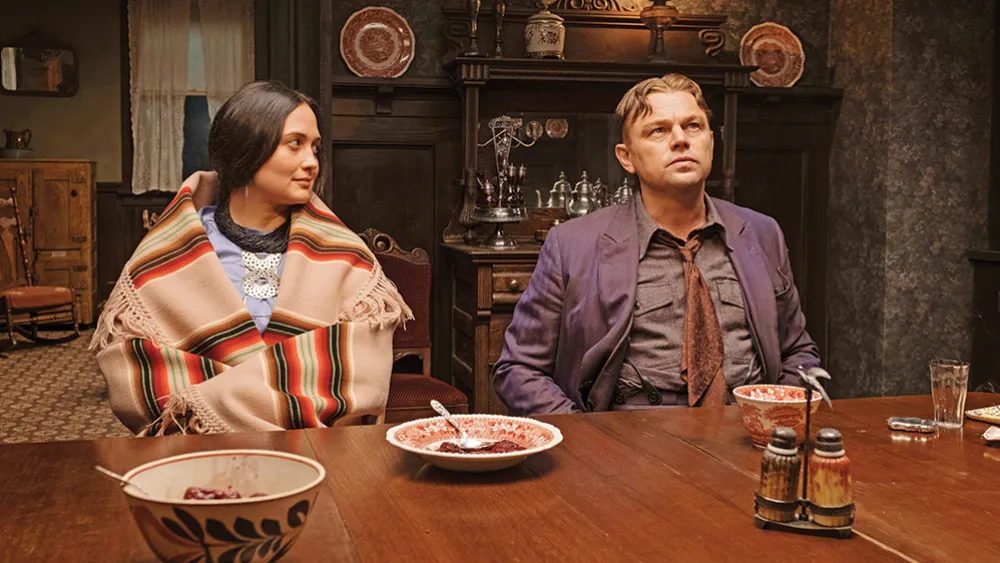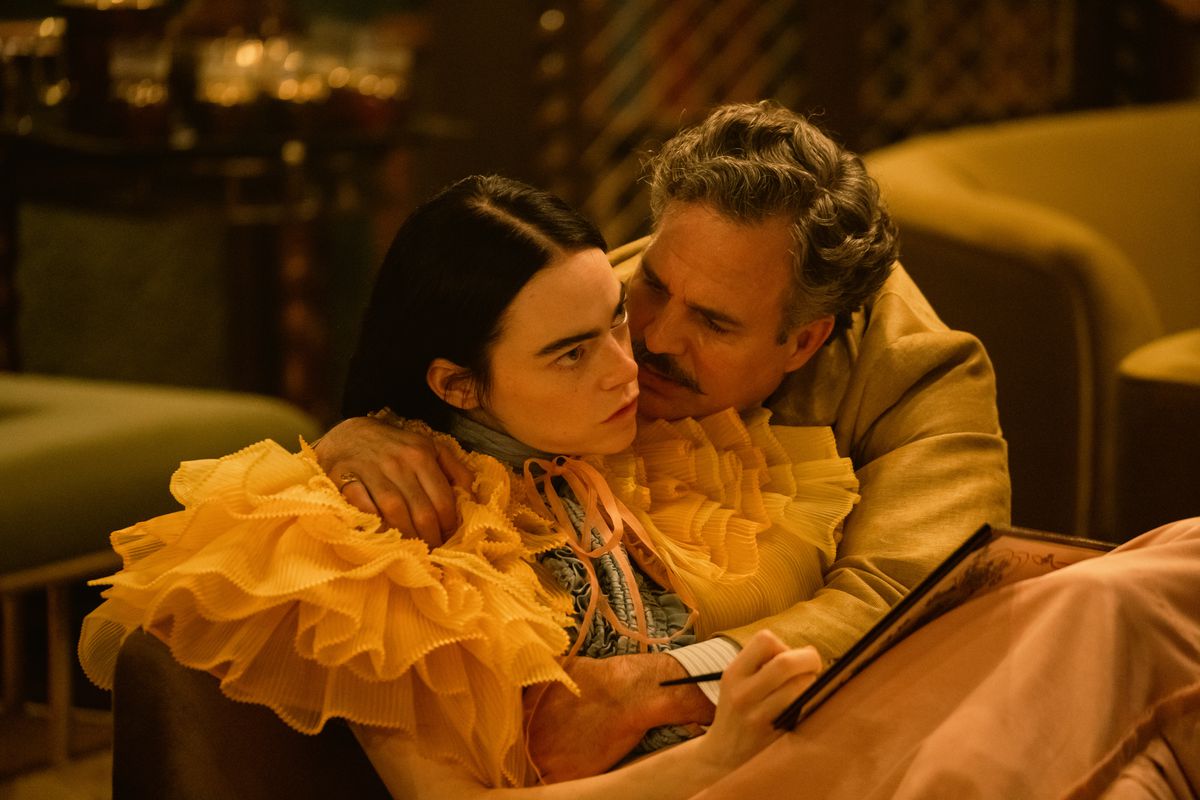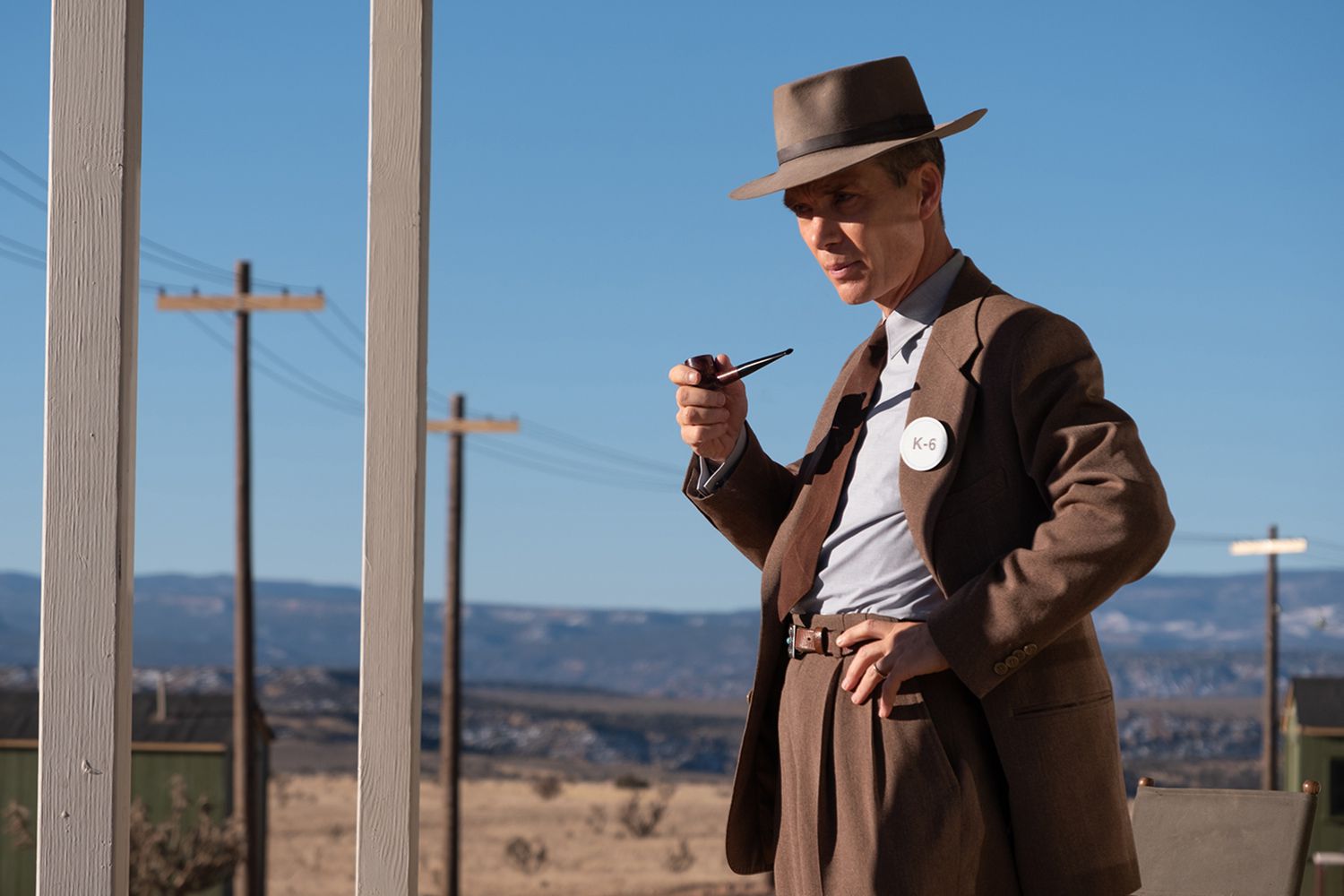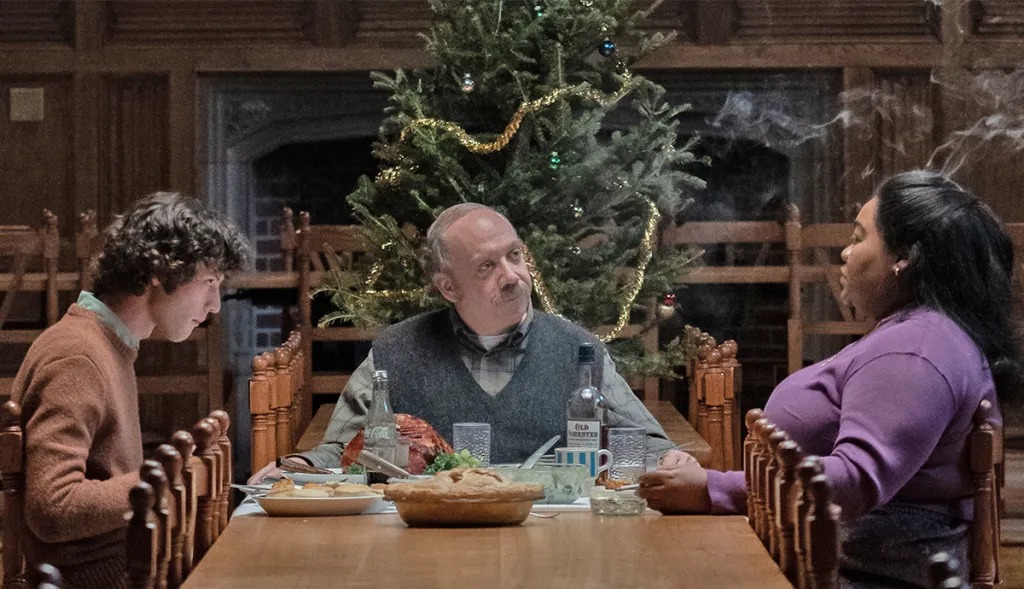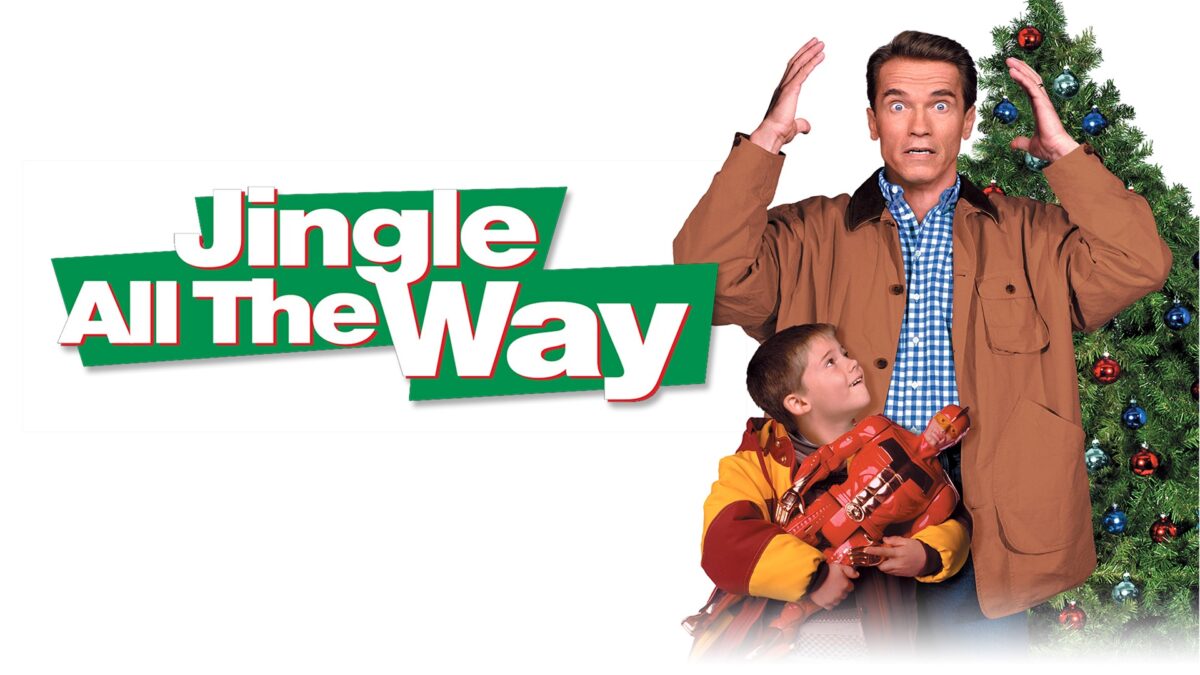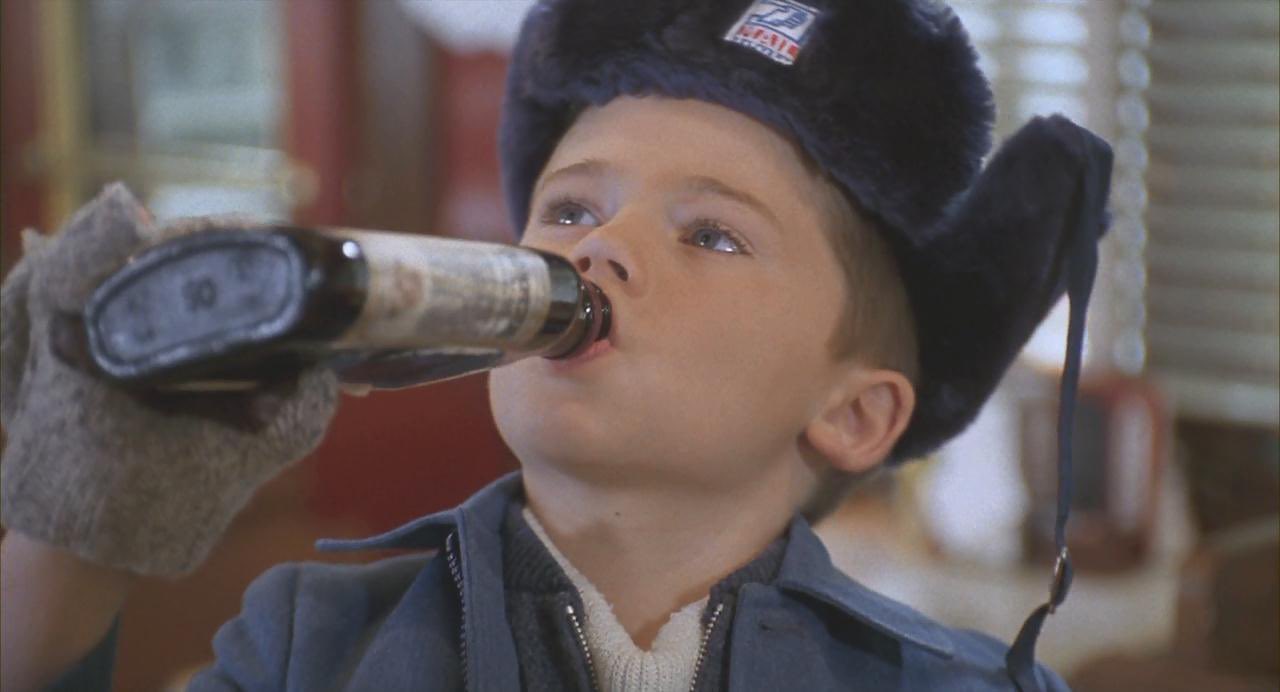A couple months ago, Ticketmaster and Live Nation CEO Michael Rapino claimed to believe concert tickets today are “underpriced,” a statement that was met with uproar from the online community. “Music has been under-appreciated,” he said. “In sports, I joke it’s like a badge of honor to spend 70 grand for a Knicks courtside [seat]. They beat me up if we charge $800 for Beyoncé.”
This has been one of the many excuses Ticketmaster has used to defend their ever-crusading quest in price-gouging. Most recently, Live Nation and Ticketmaster have come under lawsuits from seven states and the Federal Trade Commission claiming Ticketmaster has been “tacitly coordinating with brokers and allowing them to harvest millions of dollars worth of tickets in the primary market,” an accusation which Ticketmaster refuted.
Even as recent as last week, singer/songwriter Olivia Dean railed against Ticketmaster’s unreasonable resale prices, writing on her instagram page, “You are providing a disgusting service. The prices at which you’re allowing tickets to be re-sold is vile and completely against our wishes. Live music should be affordable and accessible, and we need to find a new way of making that possible.”
Rallying against Ticketmaster is, to say the least, nothing new. For decades, artists, consumers, promoters, and music fans have been yelling to the clouds in protest against unfair ticketing practices. Because when it comes to someone putting a toll booth between us and something that we’re deeply passionate about and connected to, we feel we’re being cheated. And we are. Music is one of the few sensorial experiences that has the ability to enter our ears and immediately access our brain cells, a sensation that has been capitalized on for decades. And when it’s capitalism that’s the wall between us and getting closer to such an experience, we’re limited to what we can and cannot experience. And so, we protest, and revolt. Because live music is something that’s truly a gift to the world, one that a price tag can only justify so much.
But why has nothing changed? How come it’s been decades of lawsuits, abuse, outpouring of grievances, and fiscal manipulation that Ticketmaster has gotten away with for so long?
If you revisit our article from last year, you’ll find one easy answer – touring expenses. Post-pandemic, it’s been nearly impossible for artists to make a living on the road, that is, if you’re not Taylor Swift or Drake. And since the well has been dried up from making any kind of revenue in creating music (I’m looking at you Spotify), today’s economic climate has turned the profession of “performing musician” into more a side hobby. But for the sake of this article, we’ll spare you those numbers. (Feel free to visit our Coachella post from last year for further discussion.)
Instead, we’d like to point out the parable of history repeating itself. In this case, the accessibility to live music.
Live music, in its infancy, began as something that was only accessible for the elite. In the days of orchestra and symphony halls in the late 18th century, live music was a luxury that was reserved primarily for the wealthy. Common folk had little access to these grand halls outside of the buskers on the streets. It was for the bourgeois, the upper-echelon, the crème-de la-crème, if you will. Grand halls such as La Scala in Milan and Bayreuth in Germany were considered the Madison Square Gardens of their time – ritualistic centers that were held in high regard (mostly because the elite deemed them so.)
We would hate to think that we’re beginning to see the same phenomenon today. Post-pandemic, ticket prices soared by about 32% with festivals and entire tours being forced to cancel as they priced out their core audiences. But that’s not their fault – the U.S. economic state of festivals and live music has forced them to do so. Astronomical energy costs, costly touring expenses, and shuttering venues have caused consumer pockets to cough up more. And more. And even more. To the point where ticket packages are “glamified” to convince the buyer they’re getting a more premium experience, like how Coachella’s VIP tickets really only guarantee you more shade when such a luxury is scarce out in the middle of the desert. The result is an ever-inflating consumer base – a foundation that has to constantly keep relying on higher and higher net worths in order to make a profit.

But the economic state of live music in this country never used to be like this. Even going back as early as 20 years ago, the U.S. fostered an environment where it was in the realm of financial possibility to start an independent festival, or put on live shows that were more than affordable if not free and not have to worry about taking too big of a financial hit. Festivals such as Desert Daze and FYF in California, once reliable, marketable, and affordable price tags, were able to start locally and grow into the powerhouses they once became. Audiences were grown, scenes were fostered, and new talent was discovered. But the red tape that comes with such risk makes these ventures today nearly financially impossible.
This, in turn, has also led to fundamental changes in core audiences. As ticket prices go up, and accessibility is narrowed, only the wealthy and privileged get to reserve their spot in the crowd. The EDM sphere is one example to look at. From Ibiza, to Vegas, to Coachella, dance and electronic shows have become somewhat of a scene to be “seen” at. It’s no longer about the music, it’s not about the production, but the crucial moment to pull out your iPhone, post on Tik-Tok, and gain rights to say “I was there,” while a sizable portion of their audience has been priced out, phased out, and forgotten. Groups such as Keinemusik, DJ Hugel, and Anyma have developed poor online reputations in the past year because their crowds have become just a sea of phones in the air (just go to any Boiler Room video on YouTube for confirmation.) The audience trajectory has gone from “being in the moment,” to “I paid several hundred dollars for this ticket so I have the right to record whatever I want.” With narrow accessibility, comes selfish public behavior. That’s not to say that’s a product of the music itself, but a side effect of how the live touring industry has shaped its audience’s mentality – a kind of social engineering encouraging audiences to capture moments on social media to enhance the spread of online engagement and viral moments.
The exclusivity of ticket prices to witness live music of various genres has now become comparable to what it was like to see Richard Wagner perform at the Bayreuth Opera House. Which makes us think: classical music – music that was made for the elite and enjoyed only by the elite – is now on par with the rest of the live music industry in terms of greater accessibility. Classical music, a genre that’s been forever upheld and kept alive by higher institutions, is one of the few, if not only, genres that is given this treatment. It’s protected and guarded by the elite and these institutions because they have endorsed the idea that this certain type of music is somehow better, more refined, more sophisticated than others, and can only be appreciated by the few. Why do you think the San Francisco, New York, and LA Philharmonics are upheld by museums, endowments, and old money? To protect the so-called “sacredness” of the ritualistic discipline classical music provides.
But what if it was the other way around? What if it was hip-hop, or heavy metal, or EDM that was given the same treatment? Would they have enough cultural resonance to be held in such high regard? Acts in all of those genres have become hot ticket items. They may not be held in such a manner and praised and protected by higher endowments per sé, but when it comes to ticket costs, they are, arguably, becoming increasingly financially available to only a select few.
We seem to be shocked by this phenomenon, because this is perhaps the highest inflation in modern history required to see live entertainment. Live music is now a luxury for higher tax brackets; the groups who don’t bat an eye at $11,000 ticket prices. When the Ticketmaster CEO said tickets aren’t expensive enough, this is the demographic he was referring to. What we’re seeing is a parable: an outlet that was once deemed exclusive to a certain class of individuals, which eventually became accessible by all in the mid-20th century, only for it to swing back around and become exclusive to those who could afford it. That’s why we have “exclusive AMEX presales” nowadays, or “dynamic ticket pricing” – it’s an attempt to keep live music exclusive and squeeze out maximum profits.
Which, at the end of the day, only makes sense. It is a business, after all, one that exists in an ever-inflating economy. But one can’t help but think that, eventually the pendulum will swing back in the other direction, that the bubble will burst and a new business model will rise from the rubble. But what will it take? A marginalized, pissed off group of common people to rally behind the “next big thing” in live music that will be big enough to make its own demands. An uncompromising vision with an argument. Perhaps an independent venture, hopefully, in this lifetime.
Featured photo courtesy of Jonathan Raa/NurPhoto/Getty Images

